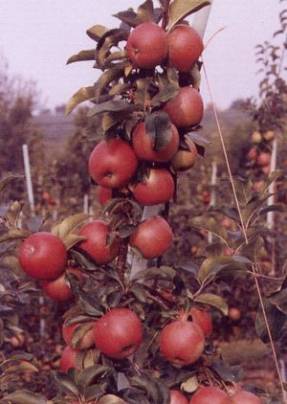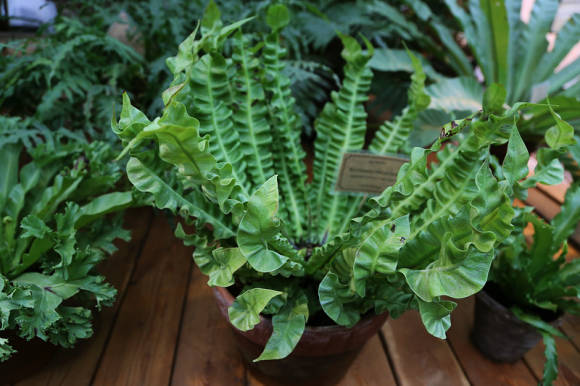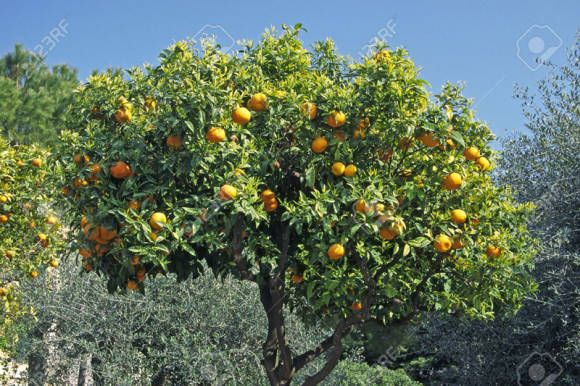In the garden centers, in the horticultural markets, in the flower shops, a lot of previously unseen plants have now appeared. Among such novelties for the general public are garden blueberries, which are often sold under the name "garden blueberries" (not to be confused with the sunberry, a vegetable from the nightshade family, the seeds of which are also often sold under the name "garden blueberry"). Garden blueberries (or blueberries) are called varietal tall blueberries, a perennial shrub from the lingonberry family (some botanists attribute it to the heather family).
 |
Currently, garden blueberry varieties are successfully grown not only in their homeland in North America, but also in Europe, Asia, and Australia.
For the first time, the botanist of the USDA F.W. Cowill began to cultivate blueberries in 1906. The fact is that, unlike the Eurasian continent, on which only one species of blueberry is found - marsh blueberry, 26 species are widespread on the North American continent. They are conventionally divided into 3 groups: undersized (bush height from 0.2 m to 1.2 m), tall (bush height 3-5 m) and a group of southern blueberries "rabbit's eye" (bush height up to 9 m). Initially, Coville selected promising wild blueberry species. Then he crossed these forms among themselves and selected the most productive hybrids. During his lifetime, F.V. Covill registered 15 varieties. After the death of F.V. Covilla, 15 more varieties were selected and registered by the staff of his laboratory from the remaining seedlings. Currently, their number exceeds 100. At the end of the twentieth century, varietal tall blueberries were named by botanists Covilla blueberry (Vaccinium covilleanum Butkus et Pliscka) after the person who created it from wild species.









